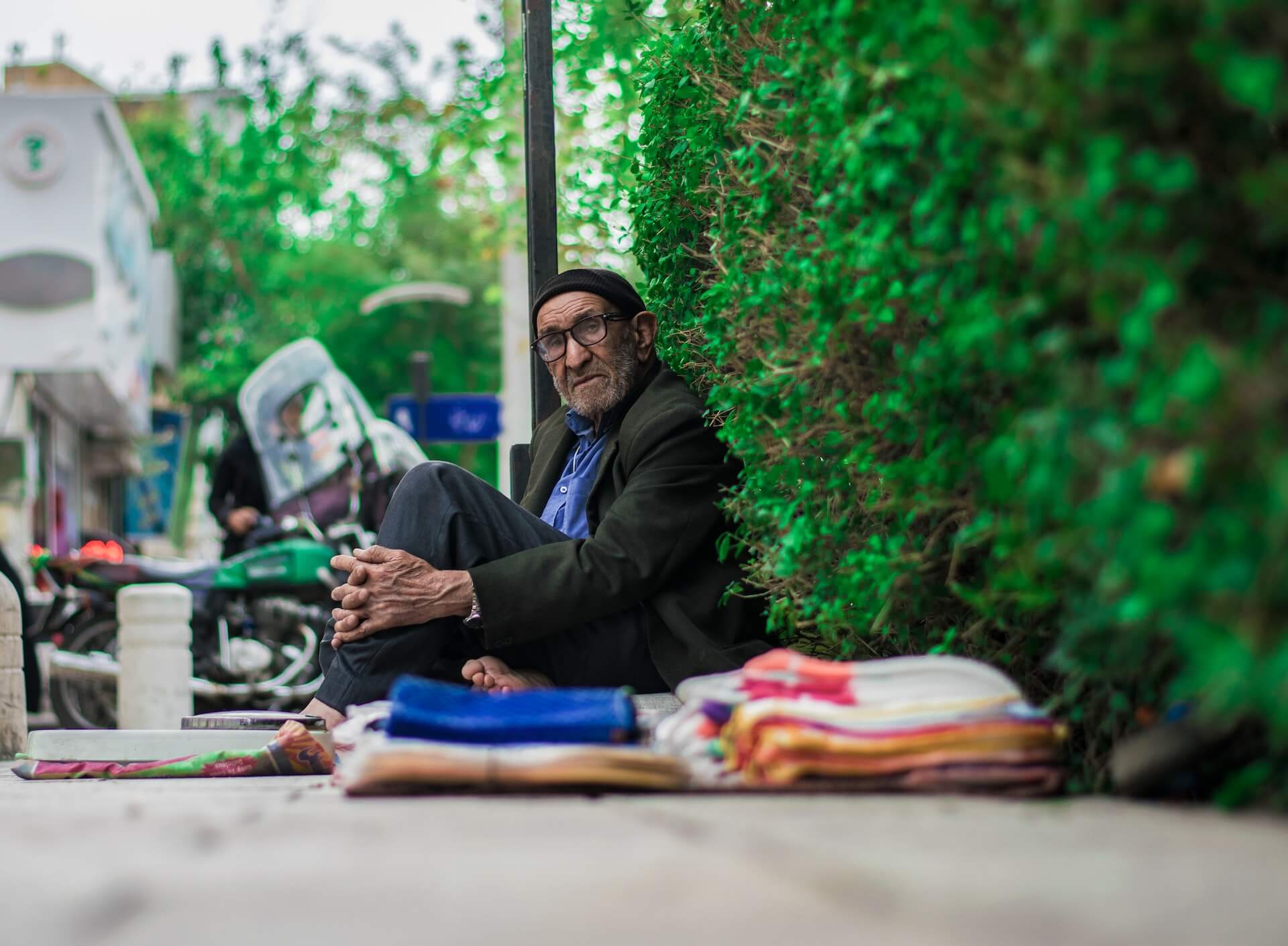The plight of the working homeless
Rising real estate prices are causing real problems
Real estate and rental property prices skyrocketed in recent years. While that has been to the benefit of investors and homeowners who bought early and sold, it has left a large population of Canadian and US residents without the security of housing. The lucrative nature of short-term rentals through Airbnb and VRBO for homeowners has also tilted the housing market and shrunk the home rental options.
“We don’t have a roof over our heads because we don’t have enough money to rent an apartment. Rent in our area is upwards of $1,800 a month, with utility bills on top of that. The cost has more than doubled in the past two years,” Lauren Bahre, who is living in a tent with her husband and small dog in Maine recently told Insider.
In Canada, the estimated number of homeless hovers around 200,000, with the largest population of homeless in Toronto.

Struggling citizens are in our midst, and around every corner. People in many larger cities have grown accustomed to seeing sleeping homeless on the streets, in the parks and on beaches, but what they don’t expect, what comes as one of the biggest surprises of this era, is that there are many homeless who have jobs.
They do their best to disguise their humble housing. In most cases, you can’t tell. They work full time, groom themselves in rivers, public restrooms or buy inexpensive gym memberships so they can use the showers.
The wages they earn simply can’t keep up with the rising housing costs.
The stereotype is broken
Our better selves should agree that there shouldn’t be stereotypes, but it is often human nature to pigeon hole people. Often stereotypes are proven wrong, as is the case with many homeless.
“The stereotype of a homeless person is someone whose drug use resulted in them sleeping rough. But that’s not our situation. It’s getting harder than ever to be poor in this country,” Bahre said.
After living paycheck to paycheck, Lauren lost her job at a bagel store after taking ill with Covid for a month, with lasting medical implications. Her husband was ill as well and missed work. Covid is a crushing blow to people who are economically struggling.
In fact, a recent study showed that 59% of Americans are at serious risk of homelessness. In fact, they are just one paycheck away from it.
A research study of the homeless in British Columbia was concluded in 2020. Homeless individuals were given $7,500 each and then monitored over the course of a year to see what they did with that money. What researchers found at the end of that 12 month period was “beautifully surprising.” On average, they spent 52% of their money on food and rent, quickly finding housing and food security. Further, “spending on alcohol, cigarettes and drugs went down, on average, by 39 percent.” The findings challenge western perceptions of the homeless.
The vulnerable are victims of violent crime
While incidents of violent crime have been perpetrated by members of the homeless community, the reverse is also true: crimes are committed in which the homeless are the victims. It seems logical that unhoused individuals are not as safe as people who live in homes, but recent statistics and a string of attacks highlight the reality.
“Targeted shootings injured three and killed two homeless men in New York City and Washington D.C. In Sarasota, Florida, the bodies of two unhoused women were found weeks apart on the same hiking trail. In New Orleans, a woman named Chelsea Nicole Whitehead was fatally shot near her encampment last Wednesday,” according to a recent Newsweek article.
The article didn’t discuss their employment status, but it is safe to assume that the working homeless are living under just the same threats as those who aren’t employed.
Temporary housing is challenged by inclement weather
The Insider article explained that there are currently more than 4,000 homeless people in Maine, with many more who are not reporting themselves as being homeless.
Homeless organizations rally to get tents, sleeping bags and a stash of clean, dry socks to people in areas with the most dramatically shifting weather: heat becomes insufferable and inescapable, any kind of rain becomes Hell, snow without the proper gear or warming stations can become death sentences.
We need to do more to confront a complicated situation
There are no easy answers to the complicated question of what to do for the working homeless. Wages are low, rents are high in a shrinking economy. As is often the case, the issue usually has to get worse before it becomes better. But in this case, when we are talking about vulnerable people with their lives on the line, who are unable to have one of the most basic needs of life fulfilled, we need to do something. We need to discuss, we need an action plan, we need a real understanding of the people behind the problem. We need empathy and we need to understand that many of us are threatened with the very same unstable situation—just one paycheck… a paycheck that is under threat by illness, accident, misfortune, layoffs, and eviction from homes that will become short-term rentals. The world can be cold, indeed, when there is not proper shelter.